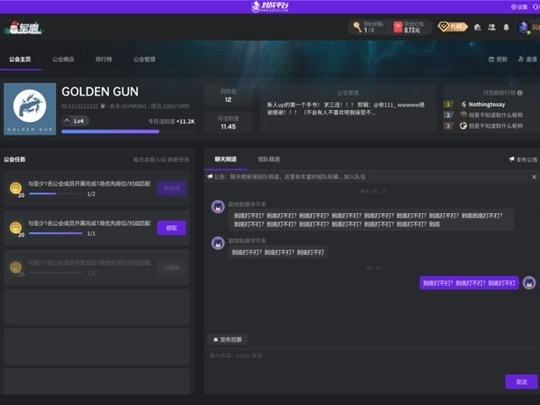|
清单一和二定义了一个默认资源文件,和美国地区的资源文件。其中等号左边的字符串表示主键,它们是唯一的。为了获得主键对应的值,你可以调用ResourceBundle类的getString方法,并将主键作为参数。此外,文件中以“#”号开头的行表示注释行。需要注意的是清单二中的“\u4e2d\u56fd”,它是字符“中国”的Unicode字符码。是使用Java自带的native2ascii工具转换的(native2ascii in.properties out.properties),这是为了不在程序界面中产生乱码。 清单四: cmdRed.setText(bundle.getString("red.label")); cmdBlue.setText (bundle.getString("blue.label")); cmdGreen.setText (bundle.getString("green.label")); 清单二中的cmdRed、cmdBlue、cmdGreen 为按钮。bundle.getString("red.label")为得到资源文件中主键是red.label的值。 好了到此为止Java程序用户界面的本地化就是这么简单^_^不过,要提醒你的是在为用户界面事件编写事件监听器代码时,要格外小心。请看下面这段代码。 清单五: public class MyApplet extends Japplet implements ActionListener{ public void init(){ JButton cancelButton=new JButton(“Cancel”); CancelButton.addActionListener(this); 。。。 } public void actionPerformed(ActionEvent e){ String s=e.getActionCommand(); if(arg.equals(“Cancel”); doCancel(); else …… } } |
正在阅读:实战Java用户界面本地化实战Java用户界面本地化
2004-02-14 09:34
出处:PConline
责任编辑:linjixiong
键盘也能翻页,试试“← →”键














